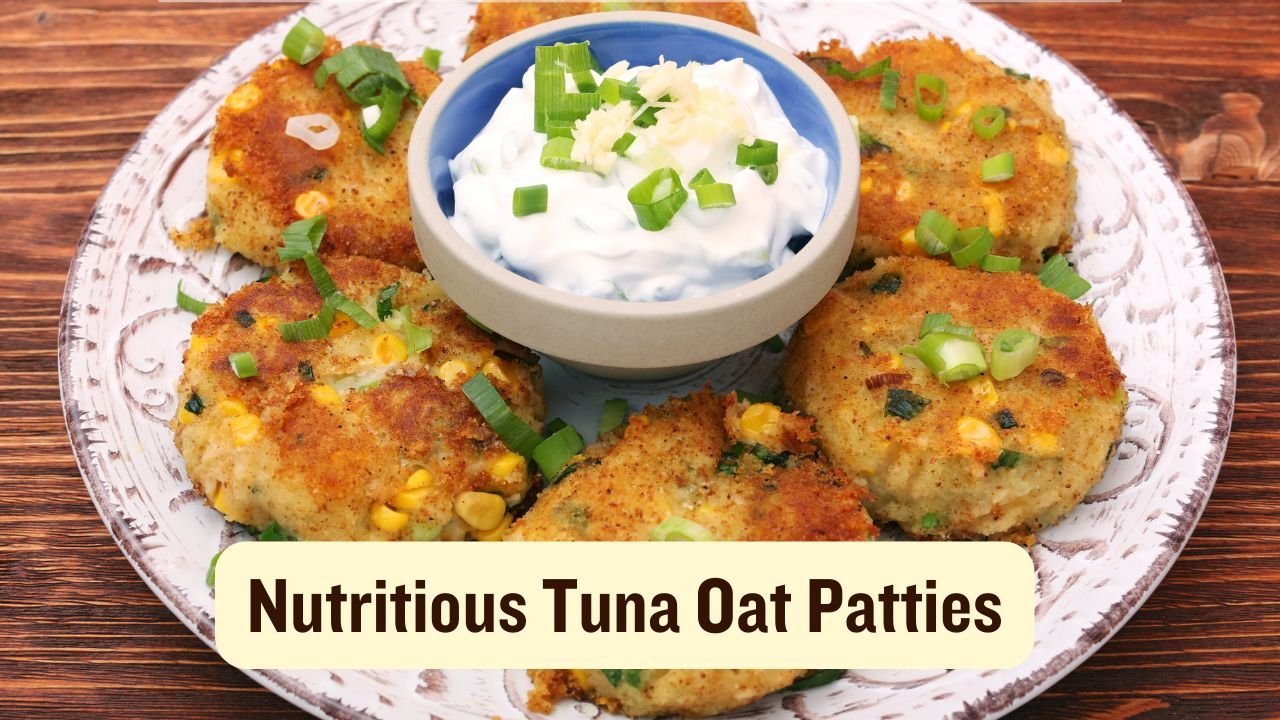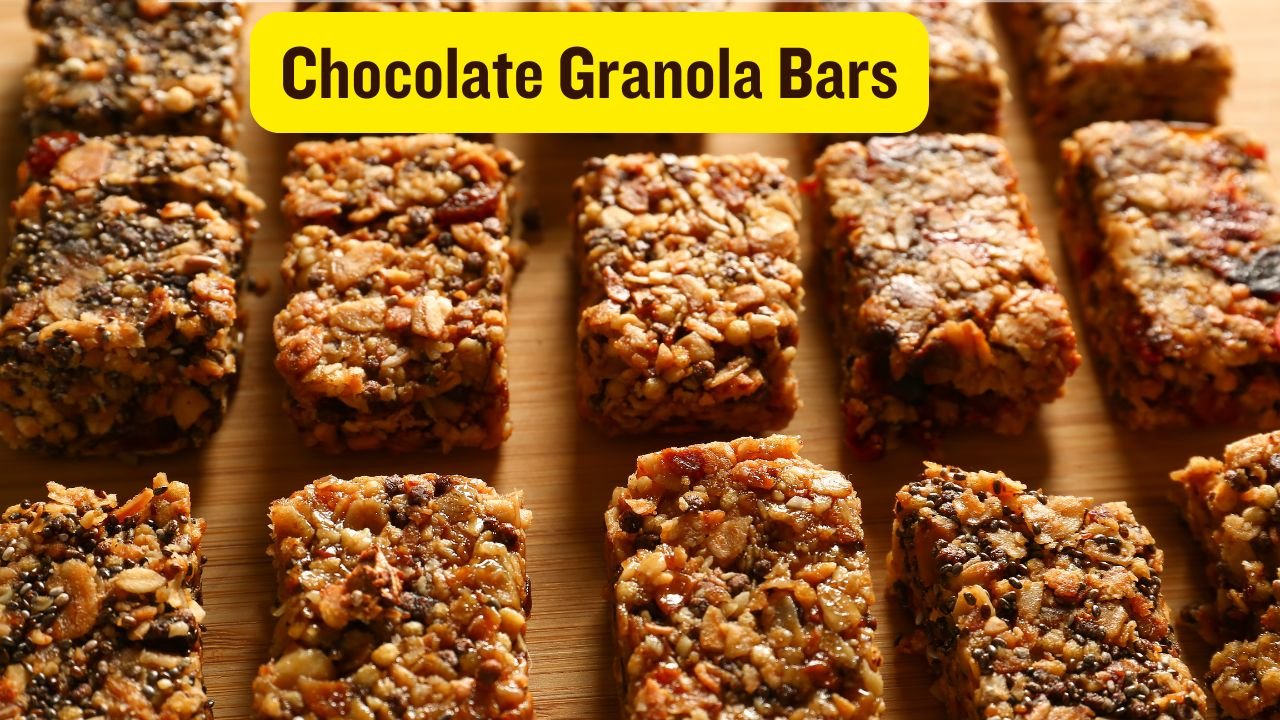If you ever spend Christmas in Cyprus, there is one smell you cannot escape – the sweet and spiced smell of melomakarona. These golden cookies are soaked in honey syrup and topped with nuts. They are soft, juicy, and full of warm flavors. For Cypriots, melomakarona are not just sweets. They are part of tradition, memory, and joy.
Contents
What are Melomakarona
Melomakarona are traditional Greek-Cypriot cookies. The dough is made with olive oil, orange juice, flour, and spices like cinnamon and cloves. After baking, the cookies are dipped into honey syrup. This step makes them sweet and moist. Finally, they are covered with crushed walnuts.
The name “melomakarona” comes from two Greek words. “Meli” means honey, and “makarona” means pastry or dough. So, the name itself describes the cookie: a pastry dipped in honey.
Christmas Tradition
In Cyprus, melomakarona are one of the main Christmas desserts. Families make them in large amounts, often several trays at once. They are offered to neighbors, friends, and relatives during holiday visits. Every home seems to have a plate ready for guests.
For many Cypriots, Christmas feels incomplete without melomakarona. The cookies are more than food. They are a sign of hospitality and love. The smell of orange, cinnamon, and honey fills homes in December. It is a smell that brings comfort and happiness.
Ingredients used
The recipe for melomakarona is simple, but each ingredient plays an important role.
| Ingredient | Purpose |
|---|---|
| Olive oil | Gives soft, light texture |
| Flour | Creates the dough base |
| Orange juice & zest | Adds citrus flavor |
| Cinnamon & cloves | Brings warm spice |
| Honey syrup | Adds sweetness and moisture |
| Walnuts | Gives crunch and nutty taste |
Unlike many cookies, melomakarona do not use butter. Olive oil is the main fat, which makes them lighter. Honey syrup, instead of plain sugar, adds natural sweetness. This makes them taste rich but still gentle on the stomach.
How to make melomakarona
Making melomakarona is not difficult, but it takes care and patience. Families often prepare them together. It becomes part of the holiday fun.
- Mix olive oil, sugar, orange juice, and zest in a bowl.
- Add flour, cinnamon, and cloves to form a soft dough.
- Shape the dough into small ovals, about the size of a walnut.
- Place on a tray and bake until golden brown.
- While still hot, dip the cookies into warm honey syrup.
- Place them on a plate and sprinkle crushed walnuts on top.
Once ready, the cookies shine with honey and smell of spices. They can be eaten the same day, but many say they taste even better the next day.
Taste and texture
The taste of melomakarona is special. The outside has a slight crisp, but the inside is soft and soaked with syrup. The mix of cinnamon, clove, and orange gives a warm holiday flavor. The walnuts add a crunchy finish.
Every bite is balanced – sweet, juicy, spiced, and nutty. They are rich, but not heavy. This makes it easy to eat more than one without feeling too full. That is why families often see trays of melomakarona disappear quickly during Christmas.
A bit of history
Melomakarona are not only modern sweets. They have roots in the past. In ancient Greece, there was a food called “makaria,” a kind of bread served at funerals to honor the dead. Later, this bread evolved into sweets for holidays. When honey and nuts were added, it became closer to the melomakarona we know today.
Over time, these honey-dipped cookies became linked with joy, not sadness. Today, they are a symbol of life, celebration, and family unity during Christmas.
Why people love them
People love melomakarona for many reasons. First, they are full of flavor but still simple. Second, they bring back childhood memories of family and holiday traditions. The smell of them baking feels like the start of Christmas.
Another reason is that they are a little healthier compared to other desserts. Olive oil and honey are natural ingredients. Even though they are sweet, they are not too heavy or greasy. Many people feel good about eating them without guilt.
Melomakarona vs kourabiedes
During Christmas, two cookies share the spotlight in Cyprus and Greece: melomakarona and kourabiedes.
Melomakarona are soft, juicy, and soaked in honey. Kourabiedes are crumbly butter cookies covered with powdered sugar. Both are delicious, but very different in texture and taste. Families often serve both on the same table, so guests can choose their favorite.
| Sweet | Texture | Flavor | Coating |
|---|---|---|---|
| Melomakarona | Soft, moist | Spiced, citrus, honey | Honey syrup and walnuts |
| Kourabiedes | Crumbly | Buttery, almond | Powdered sugar |
Many people eat melomakarona first, then finish with a kourabies. Together, they balance each other: one juicy, one dry; one honey-soaked, one sugar-coated.
Serving melomakarona
Melomakarona are usually served at room temperature. They pair perfectly with Greek coffee, herbal tea, or black tea. Some enjoy them with sweet dessert wine.
They are also popular as gifts. Families often prepare extra trays, place the cookies in boxes, and give them to neighbors or friends. Sharing melomakarona is a way of spreading love and kindness during the holiday season.
Final thoughts
Melomakarona are not just cookies. They are symbols of Cypriot and Greek holiday culture. They bring families together, remind people of traditions, and fill homes with sweet smells. They show how simple ingredients can create something truly special.
If you visit Cyprus in December, do not leave without trying melomakarona. One bite will explain why they are loved for centuries. Sweet, spiced, and filled with honey, they are the taste of Christmas itself.
FAQs
What are melomakarona made of?
Flour, olive oil, orange juice and zest, cinnamon, cloves, honey syrup, and walnuts.
Are melomakarona only for Christmas?
They are mostly made and shared at Christmas in Cyprus and Greece, but you can enjoy them any time.
How long do melomakarona last?
Up to two weeks in a cool place in an airtight box.
Can I make melomakarona without nuts?
Yes. Skip the walnuts or swap in sesame seeds or pistachios.
What is the difference between melomakarona and kourabiedes?
Melomakarona are honey-soaked and spiced; kourabiedes are buttery, crumbly, and dusted with powdered sugar.

















